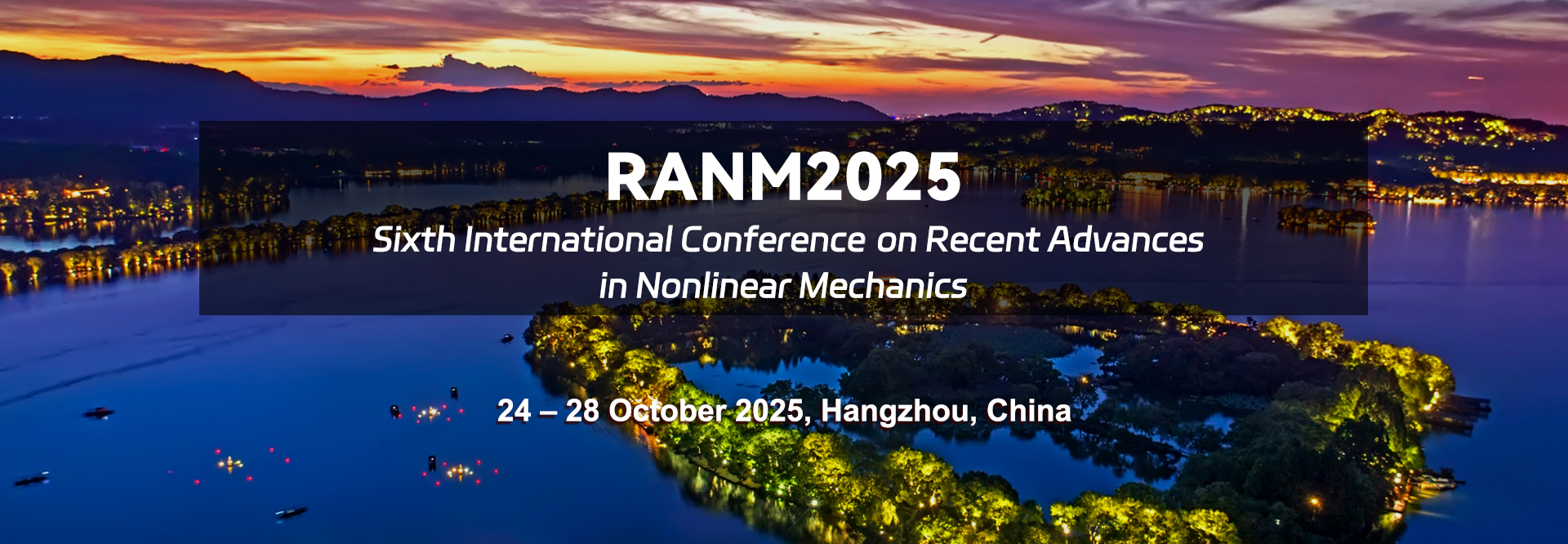Plenary Speakers (in alphabetical order)
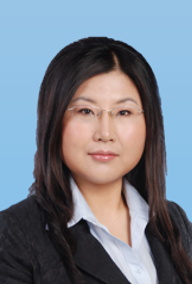
Professor Huiling Duan (Interfacial Mechanics, Peking University)
Bio: Prof. Huiling Duan is a Boya Chair Professor, founding director of faculty of Engineering, Dean of College of Engineering at Peking University. Her main research interests lie in interface mechanics and fluid-structure interaction mechanics., and published more than 240 peer-reviewed papers in Nature Commun., Science Advances, Proc. Natl. Acad. Sci., Phys. Rev. Lett., etc. She is a member of the Chinese Academy of Sciences, International Fellow of Canadian Academy of Engineering. Currently, she serves as Member of the International Union of Theoretical and Applied Mechanics (IUTAM) Symposia Panel for Solid Mechanics, Executive Member of Global Engineering Deans Council, Vice President of the Chinese Society of Theoretical and Applied Mechanics and Vice President of the China Women’s Association for Science and Technology.
Presentation Title: Interfacial flow over slip boundary with hierarchical surface structures
Abstract: Interfacial flow is involved in varieties of natural phenomena and plays important roles in industrial applications. Boundary slippage, usually realized by underwater superhydrophobicity, provides a promising method to regulate interfacial flow and even complex bulk fluid transport by controlling the development of boundary layers and changing the near-wall flow structures. In this talk, a systematic study is presented on the stability and flow control of slip boundary with hierarchical surface structures. Basic physical laws underlying the dynamic evolution of the metastable states are revealed, enabling the prediction of plastron longevity and the realization of ultimate stable state both in closed and open systems. Upon the realization of slip boundary, in a confined microfluidics, three-dimensional backflow over liquid-gas interface is discovered, which is demonstrated to be caused by the interfacial tension gradient along the liquid-gas interface. In a turbulent boundary layer flow, slip boundary is implemented to substantially reduce drag. In a separation flow, hierarchical surface structures are demonstrated to be able to effectively control the flow separation. The current work paves the way for practical applications of Navier-slip boundary in flow control.
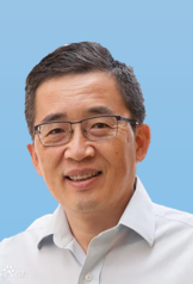
Professor Yonggang Huang (Solid Mechanics, Northwestern University)
Bio: Professor Yonggang Huang is the Achenbach Professor of Engineering at Northwestern University. He is interested in mechanics of stretchable inorganic electronics and mechanics-guided deterministic 3D assembly, and has published >700 journal papers, including 16 in Science and 10 in Nature. He is a member of the US National Academy of Engineering, US National Academy of Sciences, American Academy of Arts and Sciences, and a foreign member of Royal Society (London), Royal Society of Canada, Chinese Academy of Sciences, and 4 other academies in Europe and Canada. In 2024 Society of Engineering Science established the Yonggang Huang Engineering Science Medal. In 2025 the Hagler Institute for Advanced Study at Texas A&M University established the John Rogers – Yonggang Huang Medal for Research Collaboration. In the same year the International Conference of Computational & Experimental Engineering and Science established the John Rogers/Yonggang Huang Medal. He is the only tenured/tenure-track faculty member having received the Cole-Higgings Teaching Award twice in the award history at Northwestern University. He is also the only foreign member to serve the chair of election committee in the >360-year history of the Royal Society.
Presentation Title: Bioelastic state recovery for haptic sensory substitution
Abstract: The rich set of mechanoreceptors found in human skin offers a versatile engineering interface for transmitting information and eliciting perceptions, potentially serving a broad range of applications in patient care and other important industries. Targeted multisensory engagement of these afferent units, however, faces persistent challenges, especially for wearable, programmable systems that need to operate adaptively across the body. Here we present a miniaturized electromechanical structure that, when combined with skin as an elastic, energy-storing element, supports bistable, self-sensing modes of deformation. Targeting specific classes of mechanoreceptors as the basis for distinct, programmed sensory responses, this haptic unit can deliver both dynamic and static stimuli, directed as either normal or shear forces. Systematic experimental and theoretical studies establish foundational principles and practical criteria for low-energy operation across natural anatomical variations in the mechanical properties of human skin. A wireless, skin-conformable haptic interface, integrating an array of these bistable transducers, serves as a high-density channel capable of rendering input from smartphone-based 3D scanning and inertial sensors. Demonstrations of this system include sensory substitution designed to improve the quality of life for patients with visual and proprioceptive impairments.
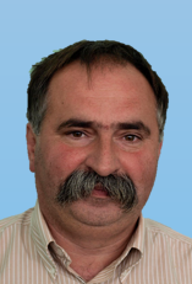
Professor Tomasz Kapitaniak (Dynamics, Lodz University of Technology )
Bio: Professor Tomasz Kapitaniak educated in Poland, holds degrees in both mechanical engineering and applied mathematics. He is Head of the Division of Dynamics at the Lodz University of Technology and serves as Dean of Division IV (Technical Sciences) of the Polish Academy of Sciences, the highest scientific bodies in Poland. He is also a Member of the General Assembly of the International Union of Theoretical and Applied Mechanics (IUTAM), shaping the global research agenda in mechanics.
An internationally recognised authority in theoretical and applied mechanics, nonlinear dynamics, network science, and complex systems theory, Professor Kapitaniak applies his work to engineering systems and critical infrastructure such as power grids. He has authored over 350 papers in leading journals, and delivered numerous keynote, plenary, and invited lectures at major international conferences.
He has held long-term visiting positions at the University of Leeds and the University of Maryland, supported by prestigious fellowships from the British Council, King Abdulaziz City for Science and Technology, and the Fulbright Program. A member of numerous editorial boards, he is Associate Editor of CHAOS and EPL and has organised a dozen international conferences.
His many distinctions include Honorary Professorships at Saratov State University and Yanshan University, Doctor Honoris Causa from Lublin University of Technology, election to the Polish Academy of Sciences (Corresponding Member in 2013, Full Member in 2019), and membership in Academia Europaea (2021). In 2025, he was named Fellow of the Asia-Pacific Artificial Intelligence Association.
Presentation Title: Synchronous and desynchronous states of coupled oscillators
Abstract: Understanding the collective behavior of dynamical systems is essential for explaining various emergent phenomena in natural and engineered settings. A key step in this process is formulating an appropriate mathematical description of the individual systems and network of systems. In this context, a range of physical systems is considered here, including the classical pendula, superconducting Josephson junctions, power grids, and various others. Despite the diversity of the systems in terms of physical structure and their application domains, they exhibit strikingly similar dynamical features, namely, phase dynamics governed by inertia and damping and in their response to external forcing. This observation creates interest and motivates a search for a unified theoretical framework capable of capturing the fundamentals of their dynamical behaviors exhibited across the systems. This talk critically examines the up-to-date research activities on the dynamics of the second-order phase oscillator, henceforth claimed here as a universality class by its own merit as a simple nonlinear dynamical model representing a broad class of physical systems. It offers a common mathematical framework to develop a comprehensive understanding, from a general perspective, that bridges, the theoretical and experimental observations of pendulum motion, Josephson junctions, and power grids and their collective behaviors. While each of these systems has been discussed in disparate physical contexts, their underlying mathematical structures reveal strong commonalities. In particular, we highlight the importance of analyzing these systems through the lens of nonlinear phase dynamics to uncover their shared mechanisms and system-specific variety of behaviors as well. This survey mainly focuses on some specific interrelated themes: (i) collective phenomena and emergent synchronization; (ii) the role of heterogeneity in terms of system parameters and the effect of noise on the emergent dynamics; (iii) multi-stability and complex transient regimes; (iv) the integration of machine learning for model discovery, control, and prediction; and (v) the broader applicability of phase oscillator models across diverse domains beyond the canonical systems considered here. By systematically comparing the dynamical behaviors of the varied physical systems within a cohesive mathematical framework of second-order phase oscillators, this review seeks for the universal and distinctive features of nonlinear dynamics of the three systems, their collective behaviors such as emergent synchrony, partial synchrony, or chimera states, and specifically explains real-life phenomena, and crowd synchrony that may lead to a collapse of a footbridge and the failure of a power grid. Besides our main emphasis on these system, brief notes have been added on other systems where this second-order phase model explains their dynamical properties. A broad synthesis on the topic will not only deepen our theoretical understanding but also suggest any design and control of complex dynamical systems in both natural and engineered settings.
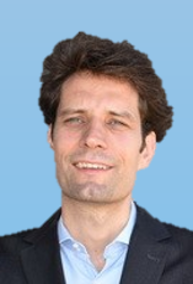
Professor Dirk Mohr (Solid/Manufacturing Mechanics, Swiss Federal Institute of Technology Zurich)
Bio: Professor Dirk Mohr currently holds the Chair of Artificial Intelligence in Mechanics and Manufacturing at ETH’s Department of Mechanical and Process Engineering. He joined the faculty of ETH in 2015 after heading the Experimental Dynamics Group at the Solid Mechanics Laboratory at Ecole Polytechnique (France). He was educated in Structural and Computational Mechanics at the University of Karlsruhe (Germany), the Ecole Nationale des Ponts et Chaussées (France) and the Massachusetts Institute of Technology (USA) where he received his PhD in Applied Mechanics in 2003. He is Associate Editor of the International Journal of Solids and Structures (IJSS) and the International Journal of Impact Engineering (IJIE). He also serves on the editorial boards of the journals Strain, Journal of Manufacturing and Materials Processing and the International Journal of Plasticity.
Presentation Title: Machine-learning based Constitutive Modeling in Combination with High-throughput Testing
Abstract: Machine learning offers a powerful framework for deriving constitutive models directly from experimental data. Within the broad family of deep learning methods, recurrent neural networks (RNNs) are particularly well-suited for plasticity modeling, as their internal state naturally encodes history variables. After highlighting the limitations of standard RNNs, we introduce a mechanics-informed RNN formulation and demonstrate its integration into explicit finite element software. The results show that mechanics-based RNNs can serve as universal material models. In particular, they provide accurate surrogate representations of crystal plasticity (CP). Compared to traditional CP-FFT simulations, CP-RNN models achieve remarkable computational speed-ups, opening the door to the practical use of crystal plasticity in industrial applications. Beyond neural network architecture development, this lecture also presents novel robot-assisted experimental approaches that generate large-scale datasets for the identification of machine-learning-based plasticity and failure models.
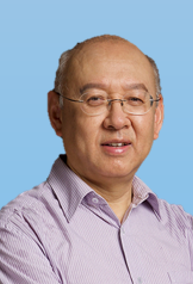
Professor Keqing Xia (Fluid Mechanics, Southern University of Science and Technology)
Bio: Prof. Ke-Qing Xia received his B.S degree in Physics in 1981 from Lanzhou University, China and PhD in Physics in 1987 from University of Pittsburgh, USA. He then carried out postdoctoral research in the University of North Carolina and Cornell University prior to joining the Chinese University of Hong Kong in 1992, where he served as Lecturer, Associate Professor, Professor and Choh-Ming Li Professor of Physics over the years. In 2018, he joined the Southern University of Science and Technology as a Chair Professor.
Ke-Qing Xia’s research is primarily in the experimental studies of fluid turbulence, in particular thermally driven turbulent flows and laboratory study of geophysical flows. These include enhancement of scalar transport in turbulent flows; oceanic mixing and internal waves; studies of coherent structures in turbulence from the point of view of dynamical systems and statistical mechanics.
Xia is a recipient of China State Natural Science Award (2nd Class), China Higher Education Science and Technology Award and the Croucher Senior Research Fellowship. He is an elected Fellow of the American Physical Society (2010) and an elected member of the Chinese Academy of Sciences (2021).
Presentation Title: Symmetry Breaking and Restoration in Turbulent Flows
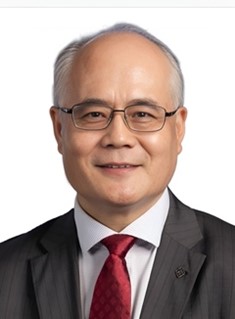
Professor Li Cheng ( The Hong Kong Polytechnic University)
Bio: Dr. Li Cheng is currently Chair Professor, Director of the Consortium for Sound and Vibration Research (CSVR) and Associate Dean (Research) of the Faculty of Engineering at the Hong Kong Polytechnic University. After obtaining his Ph.D. degree from the Institut National des Sciences Appliquées de Lyon (INSA-Lyon,France), he became a faculty member at Laval University (Canada) in 1992, rising up to the rank of Full Professor before joining Hong Kong PolyU in 2000. He was formerly the Head of the Department of Mechanical Engineering. He currently serves as Deputy Editor-in-Chief of the Journal of Sound and Vibration, Associate Editor of the Journal of the Acoustical Society of America, Associate Editor of Structural Health Monitoring: An International Journal and Topical Associate Editor of Nonlinear Dynamics. Dr. Cheng is a Fellow of the Academy of Sciences of the Royal Society of Canada, a Fellow of the Canadian Academy of Engineering, a Distinguished Fellow of the International Institute of Acoustics and Vibration, and a Fellow of five other societies. He is a past President of the Hong Kong Society of Theoretical and Applied Mechanics. He is currently the President the International Institute of Noise Control Engineering (I-INCE).
Presentation Title: Vibration energy manipulation through acoustic black hole effect enhanced by add-on nonlinearities
Abstract: Energy manipulation in vibrating structures is critical for numerous engineering applications such as vibration mitigation, structural sound control and energy harvesting. Wave retarding structures, exemplified by acoustic black hole (ABH) structures, offer a promising solution. ABH features the slow wave effect inside a structure with reducing thickness, which entails non-reflective wave propagation of flexural waves and energy trapping. These properties, however, are limited to the high frequency range above the so-called cut-on frequency. To address the this deficiency in linear system design, this talk discusses the option of introducing intentional electromechanical coupling into an ABH structure via surface-coated PZT patches with nonlinear electrical shunts or grounded cables. The target outcome is to produce effective electro-mechanical coupling and cross-frequency energy transfer, thus improving the low frequency benefits of the ABH. Numerical modelling, salient phenomena and the potential of the technique for vibration mitigation is discussed using beam examples.
Distinguished Guest Speaker
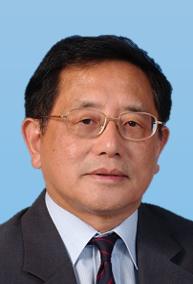
Emeritus Professor Tongxi Yu (Plasticity, Impact Mechanics, The Hong Kong University of Science and Technology)
